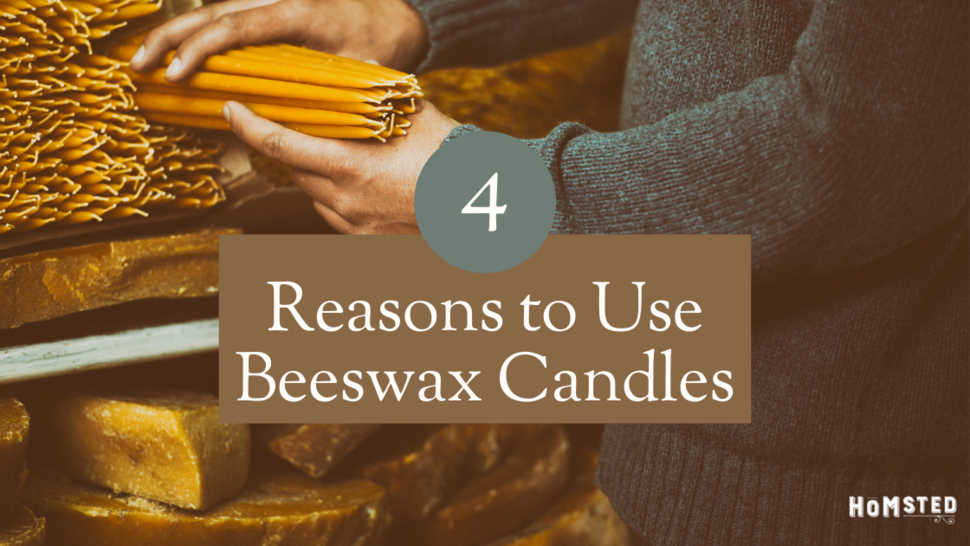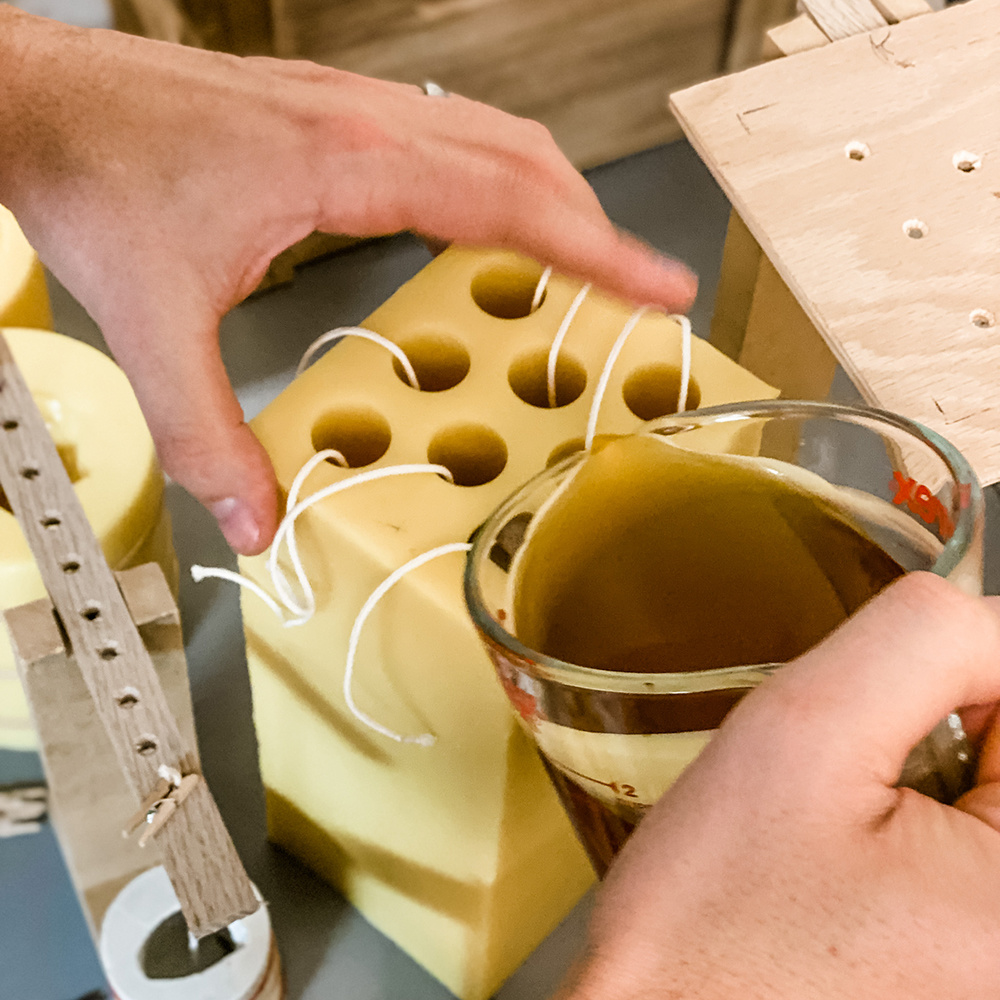4 Reasons to Use Beeswax Candles

I know you love candles. We all do. There is something inherently human that finds allure and beauty in flame. But, those cheap candles that you might have been buying are probably made of paraffin wax. Up to 95% of the world’s candles are produced using paraffin, which is a cheap byproduct of the petroleum industry. Pure Beeswax candles are hands down our favorite candle to burn. Here's why:
- One pound of beeswax represents 150,000 miles of traveling by the bees to make it. That is the equivalent of circumnavigating the earth SIX times! Anything that takes that much work must be worth it, right?
- Beeswax candles are naturally fragrant when burnt due to the small amounts of honey and nectar found naturally in the wax. No fragrance necessary.
- Beeswax has a higher burning temperature than most other waxes, which creates a vibrant and warm flame with minimal dripping. The burn is also much more efficient, which leads to a lack of smoke and soot build-up that is commonly observed with paraffin candles.
- Burning beeswax produces negative air ions (NAIs); an occurrence not found with paraffin candles. Negative ions bond with, and help eliminate, many common airborne toxins such as particulate matter, dust, mold spores and other allergens. For this reason, negative ions help reduce allergic responses because they help cleanse the air*. Even more amazing, higher concentrations of negative air ions have been attributed to physiological improvements such as increased serotonin turnover, enhanced immune function, increased cellular metabolism, and balance of the autonomic nervous system (which promotes deep sleep and healthy digestive function among other numerous benefits). Interestingly, environments which have relatively high concentrations of negative ions include areas near waterfalls and ocean surf (shear forces on water droplets creates NAIs), around campfires and fireplaces (some forms of fire produce NAIs), after a rainstorm (lightning creates NAIs), in forests (trees produce a large number of NAIs), and in mountainous areas (where high electric fields and low atmospheric pressures promote corona discharge and NAI formation)… All our favorite places, right? Interestingly, environments with high positive ions concentrations include office buildings, industrial areas and newer houses (where electronic devices, fluorescent lighting, and construction materials like new carpet, paint and upholstery emit positive ions).
Considerations when purchasing beeswax candles:
-Purity: The quality of the wax is highly dependent on the quality of the environment the bees are collecting in.
-Sustainability: It is very easy to over collect wax from a hive, which stresses the bees or can even kill the hive. Be sure to buy from a source that collects beeswax in a responsible and sustainable manner.
-Filler waxes: As stated earlier, there are no regulations on the labeling of candles. “Made with pure beeswax” does NOT necessarily mean what you think. Buy from someone you trust.

For a more in-depth and scientific discussion of many of the claims made here, see the following peer-reviewed article here and references within:
* Jiang SY, Ma A, Ramachandran S. Negative Air Ions and Their Effects on Human Health and Air Quality Improvement. Int J Mol Sci. 2018;19(10):2966. Published 2018 Sep 28. doi:10.3390/ijms19102966





Comments